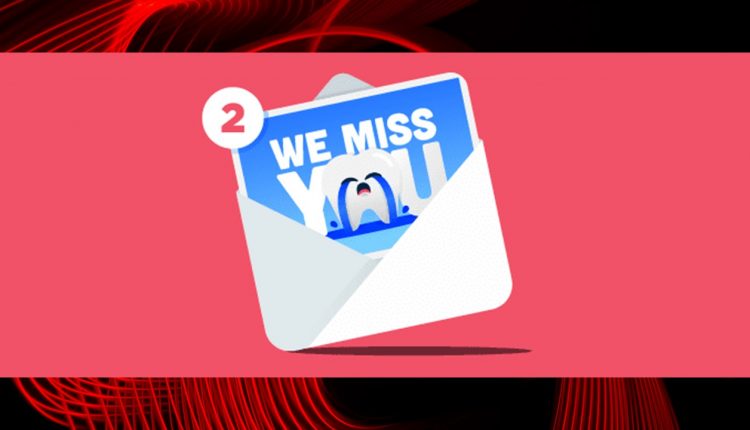Email marketing is a huge task for digital marketers. Emails are the way you communicate with people about company updates, sales, special offers, press releases, newsletters, and more.
It’s one thing to have a healthy subscriber list and open rate, but it is another to have people actually engage with your emails. Getting those subscribers who open your emails but don’t do anything once they are open can cause a lot of problems for digital marketers.
You want to get those sleepy subscribers to reactive with your emails and do more than just open them and a reactivation campaign is just how to do that.
What is a reactivation campaign
A reactivation campaign is when you create a strategy around those sleepy subscribers. You want them to get back to opening your emails and engaging with them. This can help improve sales, click-throughs, website traffic, and more.
A successful reactivation campaign involves a few steps. To help you build the best reactivation campaign ever, we have outlined those steps below.
-
Isolate the subscribers who aren’t engaging.
The last thing you want to do is waste time and energy sending a reactivation campaign to people who are already engaging with your emails. Additionally, if an active emails engager gets a reactivation campaign, they could become annoyed and unsubscribe altogether.
You’ll want to isolate your sleepy subscribers depending on how frequently you send emails. If you send one almost every day, pull out people who haven’t engaged with an email in 90 days. If you send less frequently, increase that time to 120 or 200 days.
Once you have that data, create a separate email list and start building your campaign.
-
Test everything from copy to content
Reactivation campaigns are unique in that you’ll need to perform a few A/B tests to see what will drive people to re-engage. A few things to test: subject lines, tone of voice, photos, video, offers, links, buttons, and more.
Keep in mind that you will want to do some segmentation to have successful tests. Segment your sleepy subscribers by persona, shopping behavior, demographic, location, age, gender, and/or email service.
Email service is a particularly important one. Each email service filters emails differently, so you will want to account for those differences in your reactivation campaign.
-
Reactivation campaigns are not a one time task
In order to be successful with reactivation campaigns, you need to be constantly executing them. Subscribers stop engaging in emails all the time. If you are always scrubbing your email lists for those who aren’t engaging, you will have more luck reactivating them.
Being proactive about your reactivation efforts also helps your email health and reputation. When customers stop engaging in emails, they can start to go into spam and if you keep sending emails to subscribers who are not engaging, your emails could be blacklisted.
Staying on top of email reactivation is vital for overall reactivation campaign and email marketing success.
-
Make sure people have a way out of your emails
Hiding your unsubscribe button or making it more difficult than necessary for people who want to unsubscribe hurts your email marketing in the long run. Don’t send emails to people who don’t want them. It saves your email reputation and keeps your lists up-to-date.
When you give someone the easy option to opt out of emails, they are less likely to mark the email as spam. Companies that have too many emails marked as spam get blacklisted by email clients and have to spend lots of money and time getting off those blacklists.
Additionally, unsubscribe buttons give you the opportunity to spend less time on reactivation campaigns. People will let you know themselves that they want off your email lists, meaning that you won’t have to spend time and money trying to reactivate them.
If you want to learn more about reactivation campaigns, check out my done-for-you system today.


